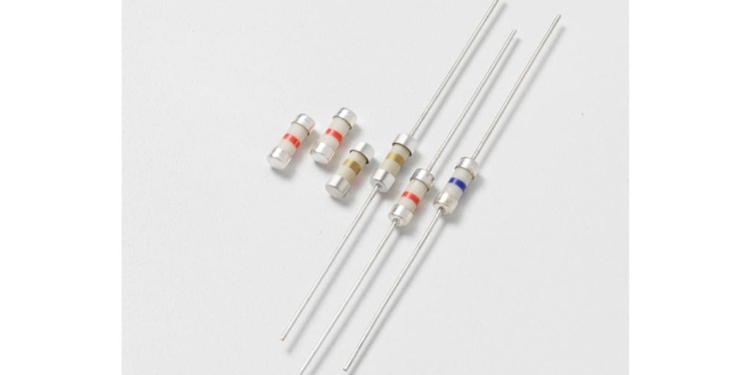Source: Littelfuse news
CHICAGO, September 17, 2018 — Littelfuse, Inc. today introduced the 40mA PICO® 242 Series Hazardous Area Barrier Network Fuse, which supports designing barrier circuits for intrinsic safety products to prevent fires and explosions in dangerous atmospheres.
The fuse prevents electronic equipment used in hazardous locations from overheating or producing sparks that could ignite a fire or explosion by minimizing the risk of overcurrent/short-circuit events.
The PICO® 242 Series Fuse meets the requirements of intrinsic safety standards (IEC/EN/UL 60079-11) for hazardous location and explosive atmosphere applications, so products designed with it will follow relevant European Directives and other global requirements. With a 40mA current rating, the PICO® 242 Series is the lowest nominal current rated barrier fuse on the market in such a small package size, which supports compact intrinsic safety product design without compromising protection performance.
Typical applications for PICO® 242 Series Hazardous Area Barrier Network Fuses include:
- Testing, measuring or processing electronic and electrical equipment
- Motor controllers
- Communication handset/two-way radio and associated battery chargers
- Process control and automation equipment
- Flow/gas meters
“The PICO® 242 Series’ 40mA nominal current rating offers a significant advantage over earlier 50mA barrier fuses. Designers of intrinsically safe products use the fuse current rating to set the power threshold to which all other components must adhere,” said Christopher Coolman, Global Product Manager, Electronics Business Unit at Littelfuse. “It provides a 20 percent reduction in the power requirements of downstream components such as Zener diodes, which enables more compact design and could result in cost savings of these components.”
PICO® 242 Series Hazardous Area Barrier Network Fuses offer these key benefits:
- The ultra-low nominal current rating (40mA) allows reducing the power ratings and current-carrying capacity of downstream components, wiring, and circuit board traces.
- It meets the requirements in intrinsic safety standards (EN/IEC/UL 60079-11) for hazardous area applications and is recognized to UL 248-14, which speeds the certification process for end-products and enables compliance with global requirements.
- It prevents overcurrent/short-circuit faults in downstream circuits from igniting surrounding explosive atmospheres.
Availability
PICO® 242 Series Hazardous Area Barrier Network Fuses are available in axial-leaded form (in ammo pack in quantities of 100 or 500 pieces) and in surface mount packages (in tape and reel packaging in quantities of 500 pieces).































